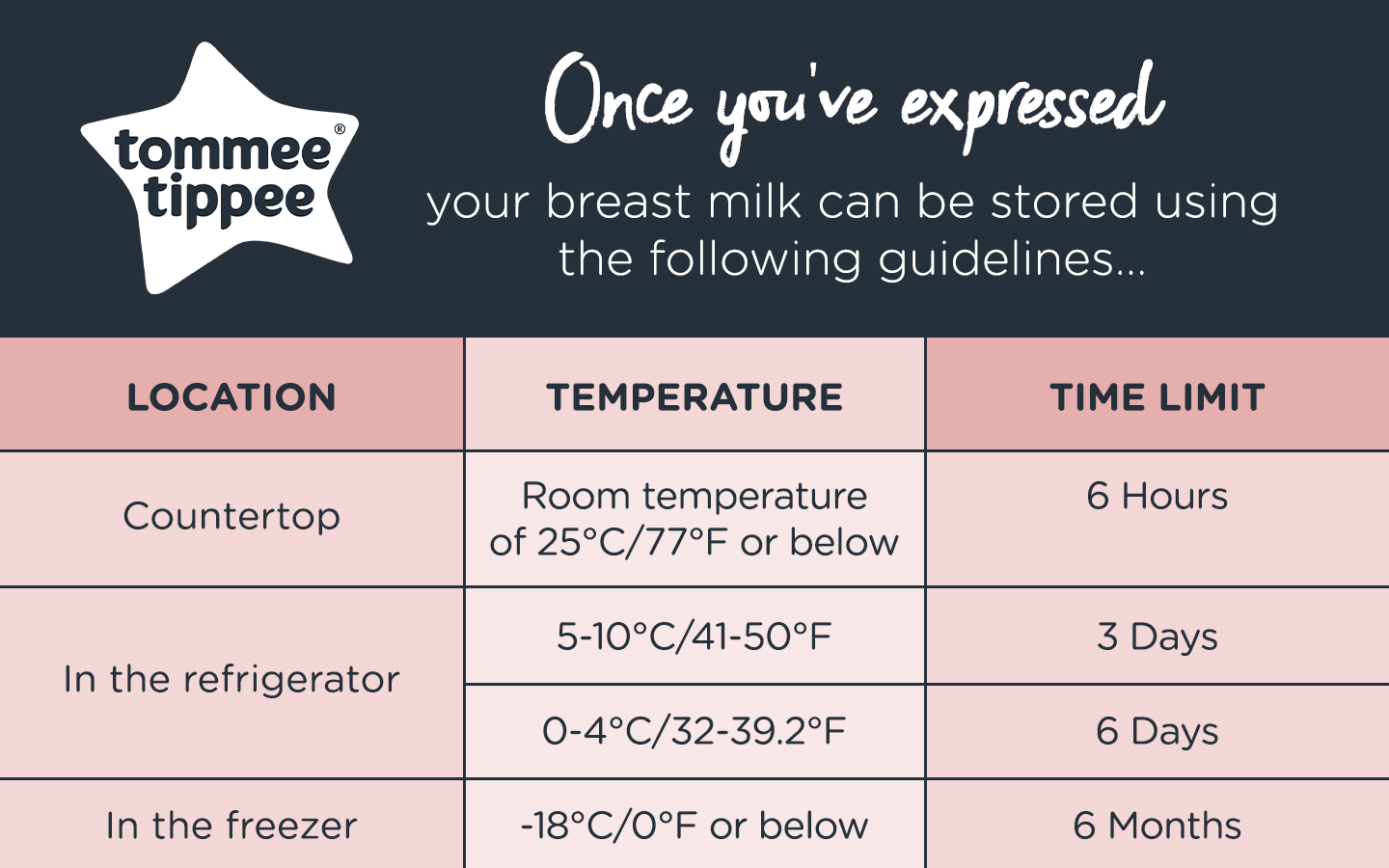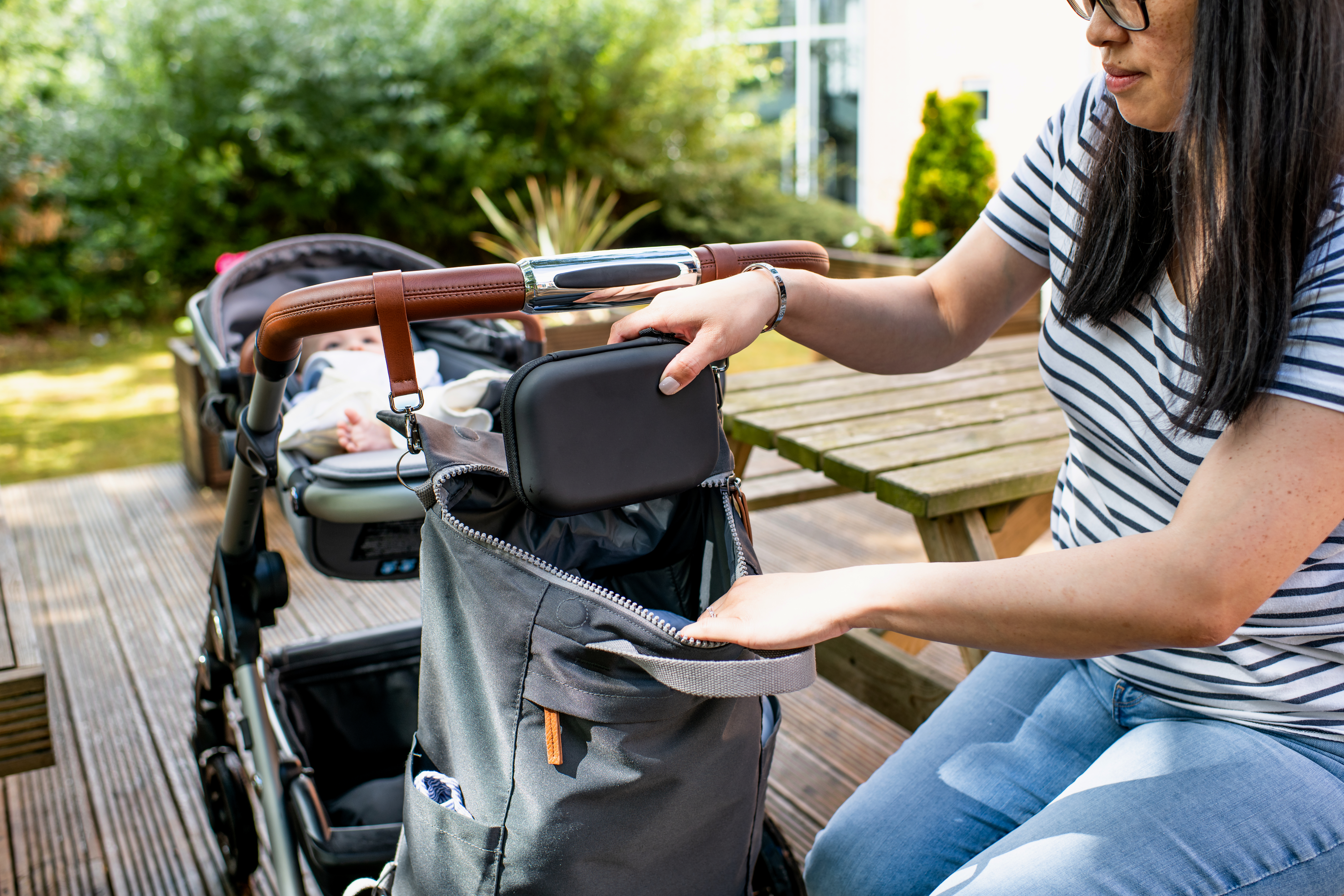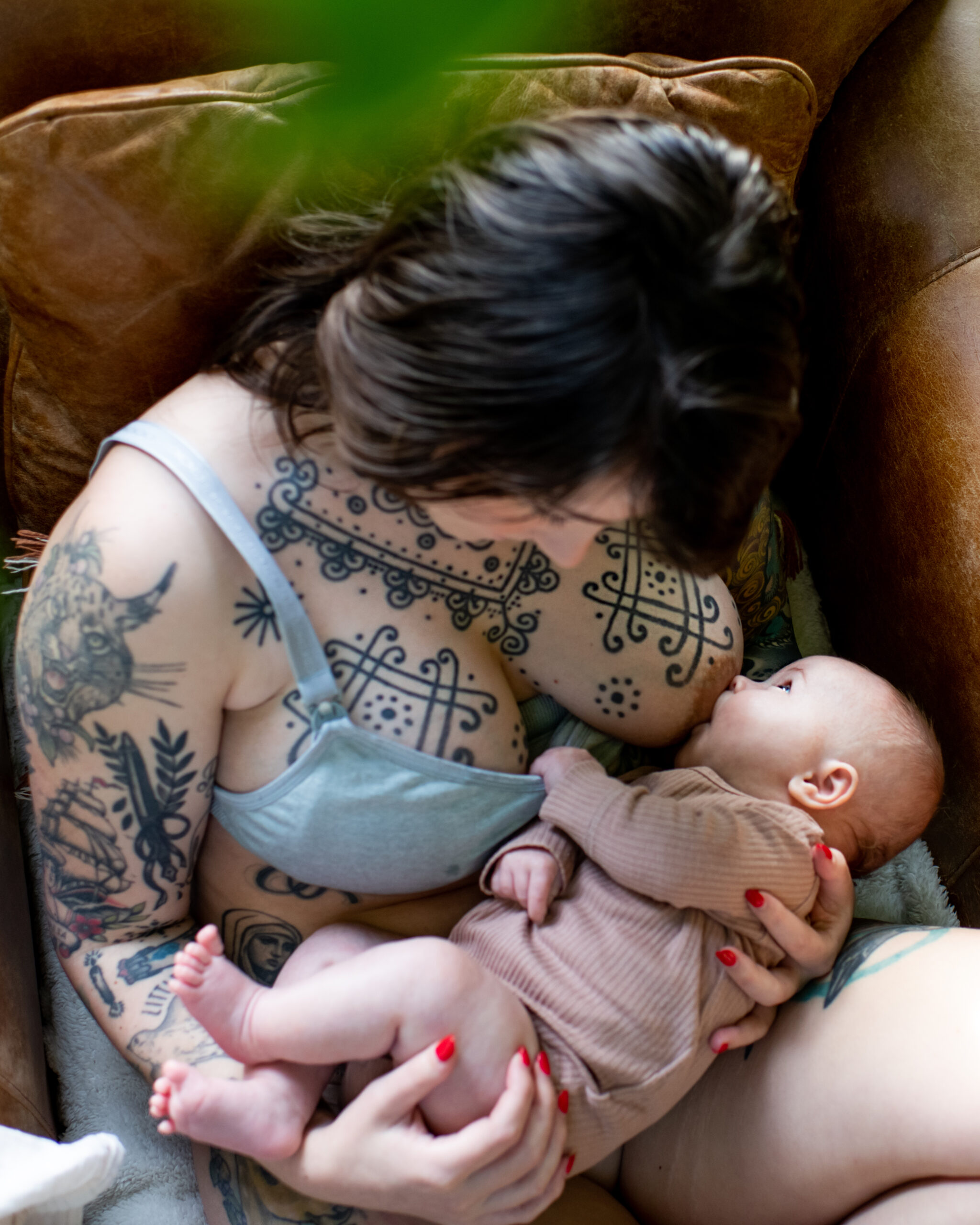The truth is, expressed breast milk is precious!
Expressing using a breast pump and having some breast milk stored in the fridge or freezer can be especially useful if you want your partner, friends, or close family members to help with feeds. It can also be beneficial if you’re going to be away from baby and not able to directly breastfeed for whatever reason. By knowing how to store expressed breast milk properly for future use, you can reduce the risk of any going to waste and keep your baby safe. Don’t worry if you’re unsure how to store your expressed breast milk – that’s why we’re here to help!
Let’s run through how long expressed breast milk lasts, cover our top breast milk storage tips, and answer some of the most common questions that parents have about storing expressed breast milk.
Dos and don’ts for pumping and storing breast milk
| ✓ | ✘ |
| Wash your hands thoroughly before expressing, handling, and storing your breast milk, and sterilise any equipment or surfaces you use. | Don’t store expressed breast milk in the door of your fridge or freezer, as this will expose it to temperature changes as the door opens and closes. |
| Once it’s been expressed by hand or using a breast pump, store your breast milk in a sterilised container, freezer bag, pouch, or bottle with a well-fitting storage lid. | Don’t use bags that aren’t designed for freezing – they might burst or tear. Our storage bags are already sterilised and ready for use right away! |
| Breast milk stored in the fridge but intended for freezing should be frozen within 24 hours. | Don’t defrost or heat breast milk in a microwave. |
| Pour away any expressed breast milk that smells sour. Don’t give it to your baby. | Do not add breast milk that is warm to any frozen breast milk you have stored. This will cause the milk to partially thaw. |
| Store breast milk at appropriate temperatures (between 0-10°C in the fridge and -18°C or lower in the freezer) and use a fridge or freezer thermometer if you have one. | Don’t boil breast milk. |
How to label expressed breast milk
You should always label the container you use to hold your breast milk with the date and time it was expressed, so you can use the oldest batch first.
When labelling your milk, it’s a good idea to use waterproof labels and ink. Remember to add a ‘use by’ date too! If you’re going to freeze the breast milk, it’s also handy to write the amount on because it will expand once frozen, and it can therefore be tricky to see just how much you’ve got.
If your baby is going to have the milk at a childminder or nursery, clearly add their name and ask your care provider if they have any other requirements for how it should be labelled and stored.
How to store breast milk in the fridge or freezer
Breast milk is very resilient and stores well in the fridge or freezer because of its antibacterial properties. It can either be frozen or refrigerated depending on when you’re planning to use it. These storage methods can extend its shelf life, but just like any other foodstuff, breast milk does expire over time.
The amount of time breast milk lasts depends on whether it’s stored in the fridge or freezer, and at what temperature. You can buy special fridge and freezer thermometers to help you monitor this.
How long can you store breast milk in the fridge?
If you want to feed your baby breast milk shortly after expressing, storing it in the fridge can be preferable over freezing. This is because freezing alters some of the milk’s biologically active components.
You can store freshly expressed breast milk in the fridge:
- At 5-10°C for three days
- At 0-4°C for six days
You can store thawed frozen breast milk that’s not warmed:
- At the back of the fridge for up to 12 hours
If you’re not sure of the temperature setting of your fridge, use the breast milk within three days to be safe.
How long can you store breast milk in the freezer?
If you know you won’t be using the breast milk you’ve expressed within four days and want to store it for longer than five days, it’s best to pop it in the freezer as soon as you can after expressing. This will protect its quality and nutrients.
You can store freshly expressed breast milk in the freezer:
- At -18C or lower for up to six months
When freezing breast milk, it’s a good idea to leave a 2.5cm gap at the top of the container for expansion. It’s easiest to freeze milk in individual feed quantities of 60 to 125ml (until you know how much your baby has per feed), then it’s ready to be defrosted when needed.
You can also store smaller quantities of around 30ml for days when your baby is feeling extra hungry!
Never re-freeze previously frozen breast milk and throw away any unused breast milk after thawing.

Please note, this table aims to provide a guide to how long you can store breast milk for a full-term baby with no additional health concerns.
If your baby has been ill or was born prematurely, it’s best to talk to a health professional to check that the same storage times apply. If you’re taking colostrum or expressed breast milk into the hospital, follow their advised storage and transport times.
Remember…
- Never defrost or heat breast milk in a microwave.
- Never re-freeze breast milk.
- Milk stored in the fridge but intended for freezing should be frozen within 24 hours.
- Once defrosted, the breast milk should be kept in the fridge and used within 12 hours.
- Do not boil breast milk.
- Throw away any leftover breast milk after thawing.
How to store breast milk at work
If you’re going back to work but still want to feed your baby breast milk, you’ll need to be able to express while you’re at work, store your milk at work, and then transport it home to feed your baby.
The ideal place to store your expressed breast milk at work is in the fridge – make sure it’s clearly labelled. if you don’t have any access to one in your workplace, you can store it in an insulated bag or a cooler with an ice pack, then put the bottles or bags in the fridge or freezer once you get home.
Safely transporting breast milk
If you want to take some expressed breast milk with you when you go out, make sure it’s in a securely sealed container to avoid spills, and that it stays chilled until needed. Our insulated bottle bags are perfect for protecting your breast milk on the move.
For longer journeys, it’s helpful to know that breast milk that’s been chilled in the fridge can be stored in a cooler bag with ice packs for up to 24 hours. If no ice packs are available when transporting breast milk, you should make sure it’s used within four hours.
Breast milk can be stored with ice packs inside an insulated cooler for up to 24 hours when you’re travelling. Once at your destination, store it in the fridge or freezer or use it straight away.
Breast milk storage FAQs
How long does expressed breast milk last at room temperature?
Guidelines for storage of expressed breast milk at room temperature (between 16-25 °C) vary greatly, and it’s important to remember that warmer temperatures allow bacteria to grow at a faster rate.
Generally, freshly expressed breast milk should be fine for up to six hours at room temperature, or for four hours or less when it’s been thawed from frozen.
Can I put breast milk that was pumped at different times on the same day into one container?
Breast milk that’s been pumped at different times on the same day can be stored in the same pot or pouch. Don’t worry if it’s separated into layers after being stored – this is normal and it’s just the hindmilk and foremilk. All you need to do is give it a swirl to re-mix before you feed your little one.
Can I store breast milk in a bottle?
Yes, you can store expressed milk in a feeding bottle with a secure storage lid. But if you’re planning on putting your expressed milk into the freezer, it’s best to use a plastic bottle or container, rather than one that’s made of glass. That’s because glass is prone to breaking when stored in very cold temperatures.


